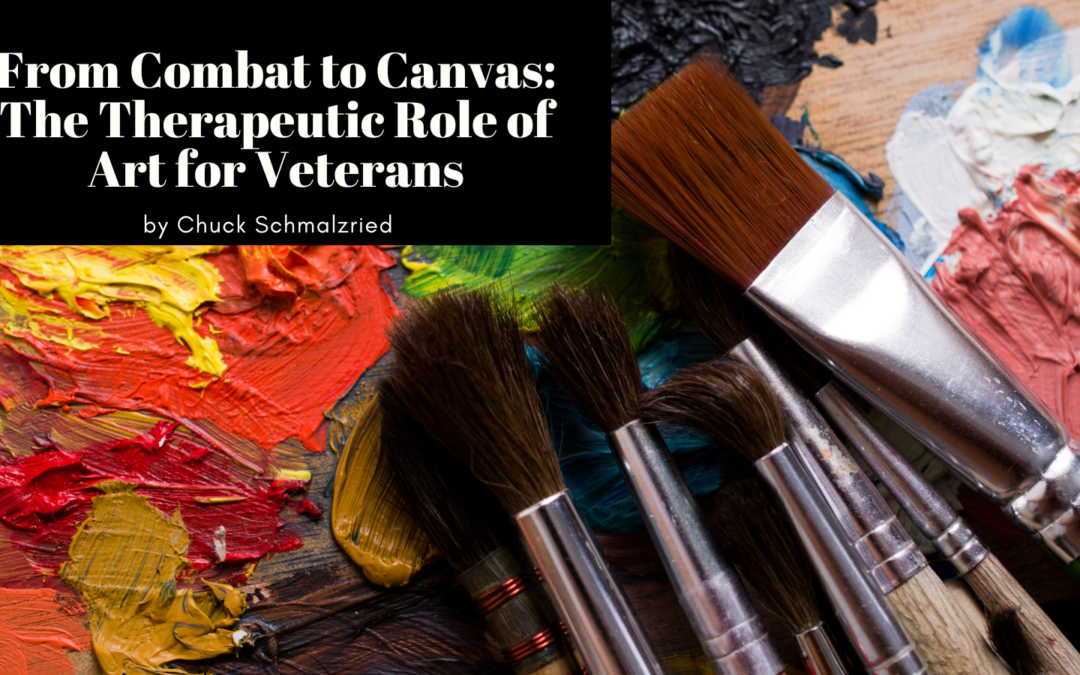For veterans transitioning from the battlefield to civilian life, the journey can be fraught with physical and emotional challenges. Art therapy has emerged as a powerful and transformative tool, providing a therapeutic outlet for veterans to express themselves, process trauma, and embark on a healing journey. Here’s a closer look at the therapeutic role of art for veterans.
Expressing Unspoken Emotions: Art is a non-verbal medium for veterans to communicate complex and often unspoken emotions. Through painting, drawing, or sculpture, veterans can convey feelings of pain, loss, resilience, and hope, providing an outlet for emotions that may be difficult to articulate verbally.
Coping with Trauma: Many veterans carry the weight of traumatic experiences from their time in service. Art therapy allows them to confront and process these traumas in a supportive and non-judgmental environment. The creative process can be cathartic, helping veterans release pent-up emotions and begin healing.
Fostering Mindfulness and Relaxation: Artistic endeavors require focus and concentration, promoting a state of mindfulness. Veterans immersed in the creative process can experience a sense of relaxation and relief from stress. This meditative aspect of art contributes to overall well-being and mental health.
Building a Sense of Control: The military often involves situations where individuals may lack control. Engaging in art gives veterans a sense of autonomy and control over their creative expression. This empowerment is instrumental in rebuilding a sense of self-determination and agency.
Reconnecting with Creativity: Military service may demand suppression of personal creativity, but art therapy offers veterans an opportunity to reconnect with this aspect of themselves. Engaging in creative activities allows veterans to explore and rediscover their artistic abilities, promoting a sense of accomplishment.
Reducing Symptoms of PTSD and Anxiety: Art therapy has shown promising results in reducing symptoms of post-traumatic stress disorder (PTSD) and anxiety. The creative process helps veterans reframe their narratives, reprocess traumatic memories, and develop coping mechanisms for managing symptoms.
Encouraging Self-Reflection: Art provides a platform for self-reflection, allowing veterans to explore their identity, values, and personal growth. Creating art promotes introspection and can contribute to a deeper understanding of oneself, facilitating personal development.
Transitioning to Civilian Life: Art therapy supports veterans in their transition to civilian life by providing a positive and constructive outlet for expression. As veterans explore their creativity, they embark on a journey of self-discovery that aids in navigating new roles, relationships, and challenges.
